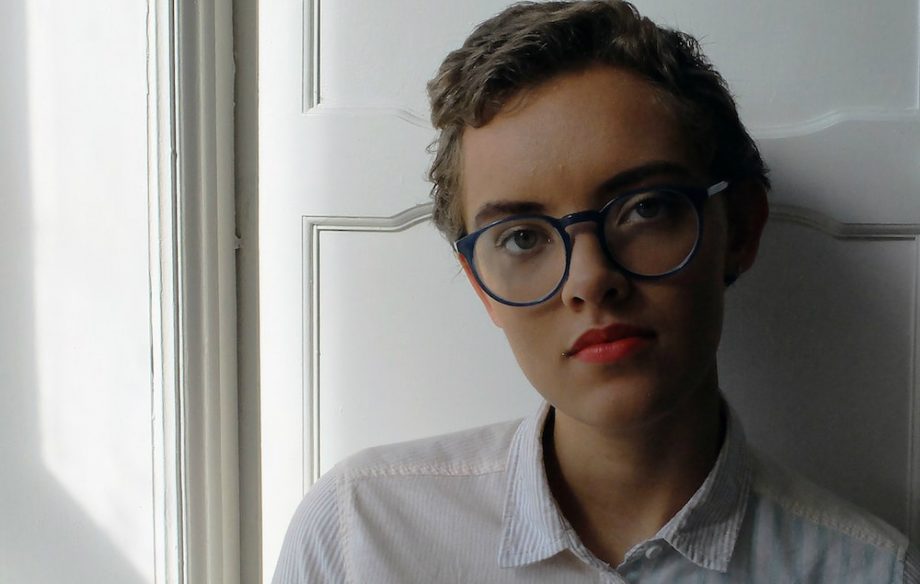
Ruby Tandoh's Eat Up: A Celebration of Appetite and Eating
When our souls are happy, they talk about food. - Charles Simic
I often think about where food begins and ends. I don’t necessarily mean the chronological beginning and end – the one-way march through time, from field to plate – although that certainly plays a part. I mean the whole picture. You’re holding an iced ring doughnut in your hand – I mean the sticky edges where the doughnut meets skin, the long sweet history of beignets and crullers and cronuts, and the impulse to snack. I mean the science that turns heavy dough a deep orange hue when it hits the fryer, and the social currency of a doughnut box at work. Every mouthful of plain glazed Krispy Kreme ring or funfair cinnamon sugar doughnut is a bite of all of this – the human taste for sweetness, and a global doughnut love affair that’s the making of us from the belly up.
Sometimes we lose all of this magic in the margins. Even though food is everywhere in our social fabric and in our culture, it’s still squeezed into one thing or another. Diet gurus make food the sum of calories and carbs. Self-avowed foodies use food as a code for class. Restaurant critics polish food into a smooth, substance-less thing, while food writers like myself are guilty of constructing a fantasy food world that sits outside of real life. All of these conflicting ideologies mean that food is, in many ways, more complex and controversial than ever. We’re sat right in the middle of a smorgasbord that stretches from Nevada to Nauru – trifles and meatballs and spare ribs teetering all around, wine flowing from fountains, all of the earth’s bounty at the end of our forks – and we’re too conflicted to take a bite.
Somehow, the most elemental, easy, joyful thing we can do has become a chore and a source of anxiety, and we begrudge these blurry boundaries that encroach on us when we take the outside world inside us, and make ourselves from the inside out. Food is the point where our bodies merge with the vast universe outside, and that’s scary. So, as a society, we’ve created whole industries fighting that fear: ‘natural foods’, nutrient supplements, industrial farming, organic produce – all of these radically different, often contradictory, ideas are designed to give us a sense of control over this wild, delicate planet, and the bodies we inhabit. We don’t want to go hungry, we don’t want to be greedy, we don’t want to live too exuberantly, we don’t want to be a kill-joy. We fret about our size and shape, and too often police the bodies of others.
We accept the lie that there’s a perfect way of eating that will save your soul and send you careering blithely through your eighties, into your nineties and beyond. Do what you want, we’re told – but you’ll die if you get it wrong.
I don’t want you to feel this way. Food shouldn’t be a bad boyfriend, dragging you down or holding you to ransom. It should nourish your body as much as it fuels your mind; it should pump life through your veins; it should waltz in sync with your mood and your appetite, sometimes blissful, often mundane, always a part of you. This communion with food doesn’t need to be something magical. In fact, part of making peace with your appetite is acknowledging that it’s not always pretty, and sometimes you will enter a fugue state halfway through a packet of Cadbury Fingers and eat the lot and feel ill, and that’s OK. Not every meal will be in some sunlight-dappled orange grove; sometimes what you need is a pasty by the side of the M4, and there’s no harm in that.
I wrote this book as an antidote to all these confused, disjointed approaches to food. I don’t want to tell you what to eat, how, when or where. There is no single ‘right’ way to eat, and you should be duly suspicious of anyone who tells you there is. What this book is about is everything that happens in the peripheries when we take a bite: the cultures that birth the foods we love, the people we nurture, the science of flavour and the ethics of eating. I’ve researched the tangled origins of some of our favourite foods, from waffles to Graham crackers, explored the place that we humans inhabit in the food chain, and looked at food anew through the lens of some of my favourite films. You can learn as much about food in five minutes of Moonlight as you can in five hours of MasterChef, and be nourished way more by Kelis’s ‘Milkshake’ than a pint of Soylent.
I want you to eat the whole picture, because when you do that, food tastes better than ever. I want you to love yourself enough not to feed yourself dry sandwiches for dinner, or skip eating altogether. The way you feel about food sits hand in hand with the way you feel about yourself, and if you eat happily and wholeheartedly, food will make you strong. I want you to feel fine about the messiness of your illogical, impulsive appetite, and sometimes overeat, sometimes undereat, and still hold tight in your self-care. I want you to absorb as much of this big, weird world as possible. I want you to eat up.











